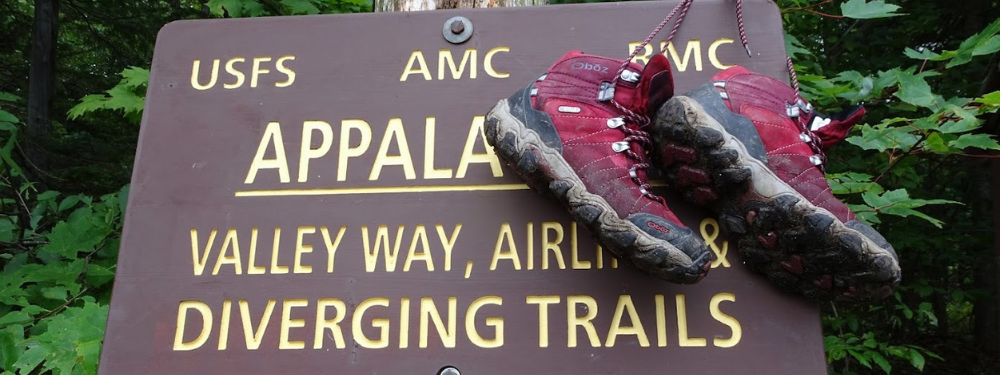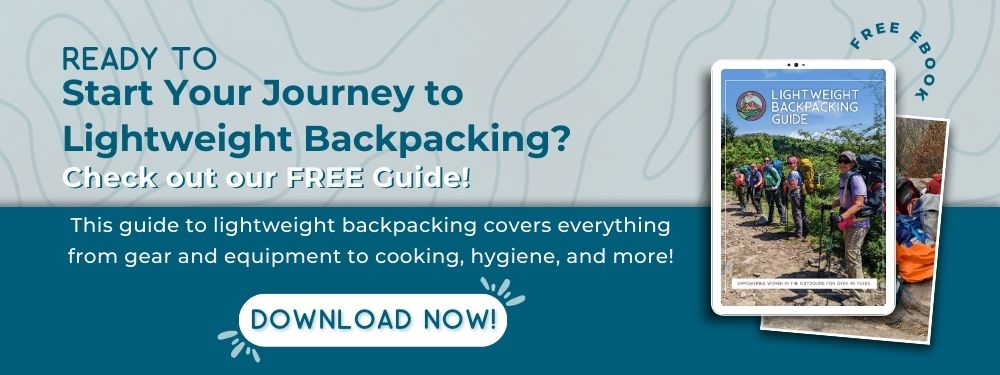What are Sock Liners?
Sock liners are made of a thin polyester, silk, or lightweight wool material that help wick sweat away from your feet. You wear them under your thicker hiking sock and are mainly recommended as a preventive measure to getting blisters.
Sometimes, they look like a thinner sock - but toe socks make a great liner as well. These Injinji liners are a great option, since they can help prevent blisters between the toes as well as wick sweat away from the feet.
The Benefit of Wearing Sock Liners for Hiking
Wearing sock liners on a hiking vacation is definitely a matter of personal preference, and they do not work for everyone. The main problem with sock liners is that it can be challenging to find the right thickness sock to go with the right thinness of liner. If the end result of 2 socks is that they are too thick for your boot, well, you are creating a bigger problem and are likely to get blisters. So, while they may not work for everyone, here are the benefits you should consider if you're already having problems with your current socks:
- Prevents hot spots and friction zones. Your outer sock will move independently of your sock liner, which is form-fitting. This will prevent your outer sock from chafing the skin of your feet, which can lead to hot spots and blisters. If you do find yourself struggling with blisters, moleskin dressing is a great way to patch yourself up, and should be part of any first aid kit.
- Wicks away moisture from your feet, to the outer sock. Wet feet greatly increases your risk of hot spots and blisters exponentially. The liner will pull moisture away from your feet, into the outer sock. One of the most common socks we recommend for outer socks are these Darn Tough wool socks.

What Causes Blisters?
Most blisters are caused by friction or heat. If left untreated, they can lead to great discomfort or even infection, especially if you're in the backcountry. Some of the most common causes include:
- Ill-fitting footwear - regardless of whether or not they're too tight, or too loose. If your shoes are too tight, your feet will struggle against the material as you move over the terrain. If your shoes are too loose, your feet will slide back and forth, causing friction and blisters. Generally, your hiking shoes should be 1/2-1 size larger than your typical footwear. It's a great idea to bring your socks (and liners, if you choose to use them!) to the store to try on new shoes.
- Ill-fitting socks. Socks that are too bulky or loose will slip and fold over themselves inside your shoes, leading to hot spots and blisters. Liners will give you a little "wiggle room" in this conundrum.
- Debris inside your shoes that shouldn't be there. Gritty dirt, debris, and rocks can all lead to blister formation. A great way to keep debris out of your shoes is to wear gaiters. Gaiters are extra material that is attached to the outside of your shoes, and wraps around your ankle to prevent dirt, sticks, and rocks from getting inside your footwear.
Before you go on your next adventure, you should test to see whether or not sock liners work for you, but test whether they work for you in different climates, on different hikes, different days.
For more backpacking tips, be sure to download our FREE Intro to Lightweight backpacking guide! If you are considering carrying sock liners, you may want to make some room in your pack for them. Our free ebook will help you reassess the gear you have, to determine if you need to leave some things at home.
Disclaimer: This blog post features some affiliate links. This means AGC gets a small commission if you make a purchase (at no extra cost to you). Thank you for the support!




